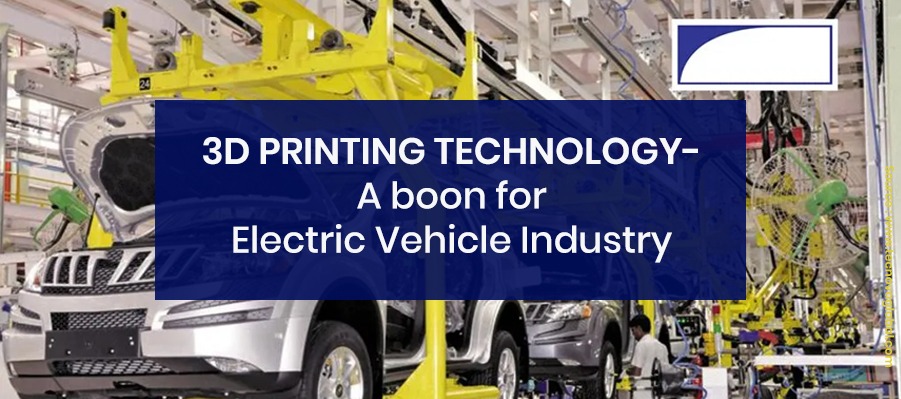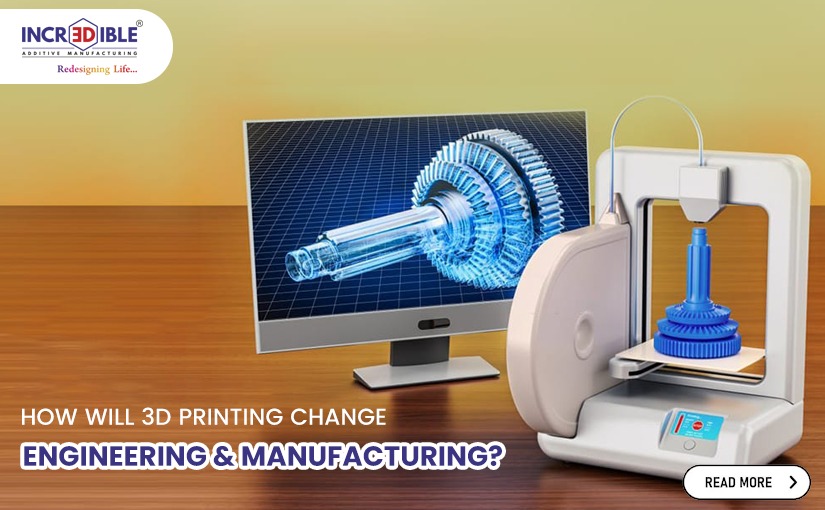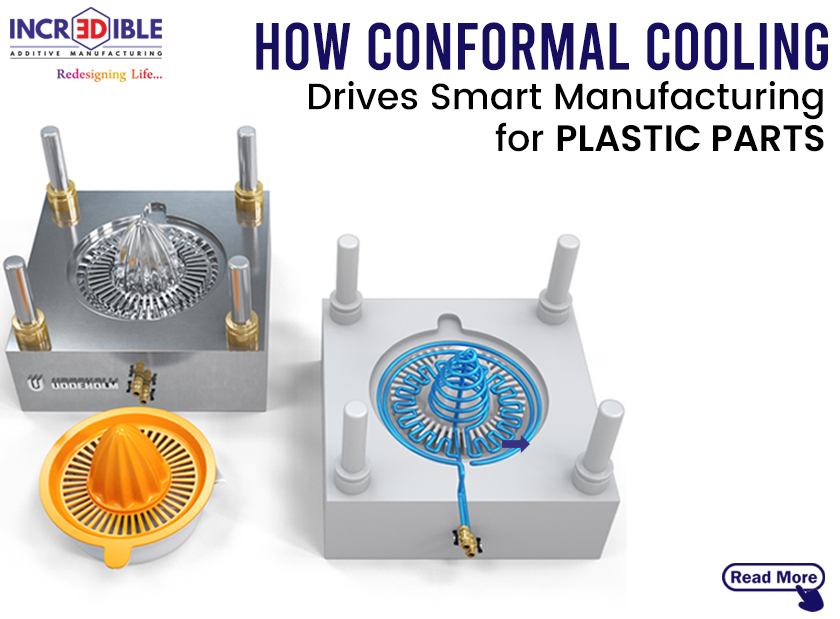Electric cars are the path to a more sustainable, cleaner, and a safer world. 3D Printing is the technology that will make this journey simple and inexpensive, as well as dramatically expand the number of electric vehicles on the road.
The components of an electric car differ significantly from those of a vehicle powered by an internal combustion engine (ICE). Electric cars are lighter, use less fuel, and have more secondary vibrations than their gasoline counterparts. 3D Printing is the technology that will allow for speedier production and mass customization with a single click.
Because the prototype vehicle is constantly changing, another fixture iteration is required: eliminating the need for expensive custom machined fixtures completely. The automakers want a bespoke solution that is both inexpensive and lightweight, as well as able to withstand any heat generated by the battery block or other components.
3D printing, which allows for the fabrication of various materials, demonstrated how far this technology has progressed and has become a one-stop solution to this problem.
How 3D Printing is transforming the sector
Before commencing mass production of any model, car manufacturers usually conduct a process verification. The procedure is verified to ensure that all of the individual components are made and integrated properly according to the design. Before making any substantial commitments, the initial prototype run provides an opportunity to educate personnel on the manufacturing line and identify issues and solutions. If something goes wrong, the producer has time to correct it and fine-tune the process before production begins.
Casting is one of the oldest and most valuable industrial processes, and the most important stage in achieving the finest results is preparing the sand cast. Digital sand casting is currently being used to prepare sand castings to reduce the number of subassemblies. Even before metal castings can directly create big metal components, a 3D printing-enabled bespoke cast can bring about a substantial advancement.
Improvements in 3D Printing methods to expand the capabilities of the conventional casting sector might become more popular since it can enable high throughput manufacturing, which is required by the automobile industry.
3D Printing Advantages in the electric vehicle sector
1. Personalization: 3D Printing allows you to build a wide selection of designs that may be further modified to meet the needs of your consumers, from a little texture on your dashboard to an entirely customized exterior.
2. Lower Operational Expenditure: 3D Printing will allow us to replace physical inventory with digital libraries. The components can be produced as needed. Shorter assembly times will be possible, as well as the prospect of Just-in-Time production.
3. Design and concept communication: Scale models created with 3D Printing technology are commonly used to illustrate design concepts since they are highly detailed, accurate to micro levels, and smooth. These models are also useful in instances where CAD models aren’t enough to highlight design flaws.
4. Lower Capital Investment: 3D Printing technology is highly cost-effective and requires less infrastructure than traditional manufacturing set-up costs over a longer period.
5. Rapid prototyping: Prototyping is the foundation of research and development (R&D), and 3D Printing has supplied that R&D foundation to the electric car sector. With the ability to make modifications with the touch of a button, new and innovative ideas and designs may be swiftly tested. This is impossible in traditional production, and 3D Printing saves a significant amount of money, time, and effort.
Conclusion:
The Models may move from many, little, diverse components to only a few, and finally to a single metal piece, thanks to 3D Printing technology and its superior prototyping features. Additive manufacturing may be used to prototype it like 3D printing. Experts from 3D Incredible (AM) Pvt. Ltd. also believe that in the future, a hybrid additive-subtractive metal deposition technology will be the ideal way for producing a single component of this size.




